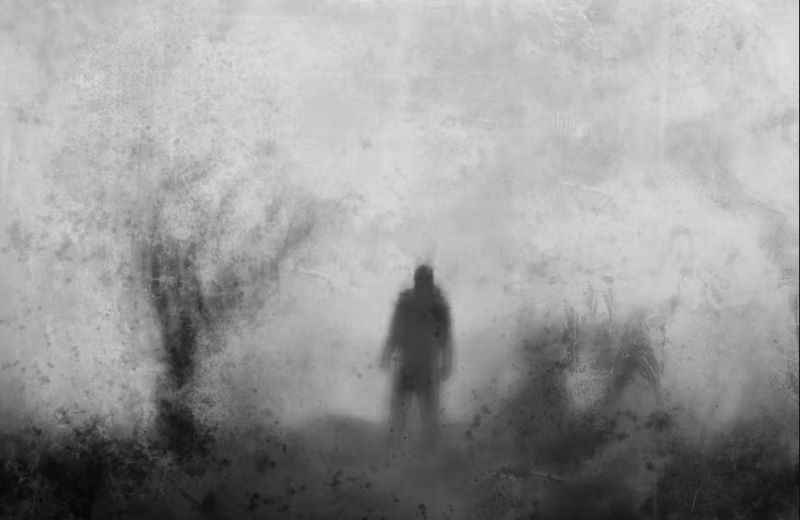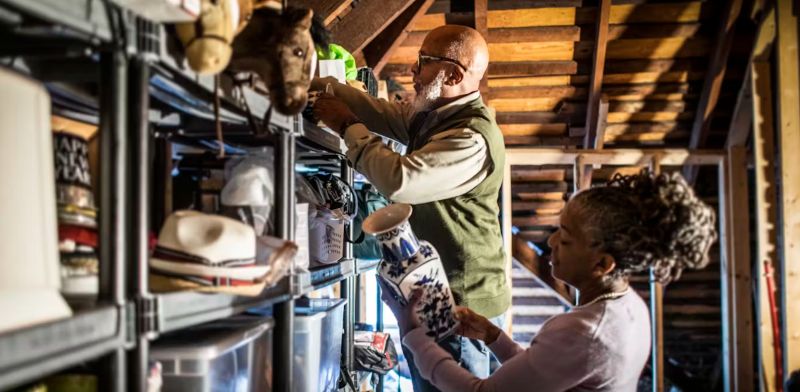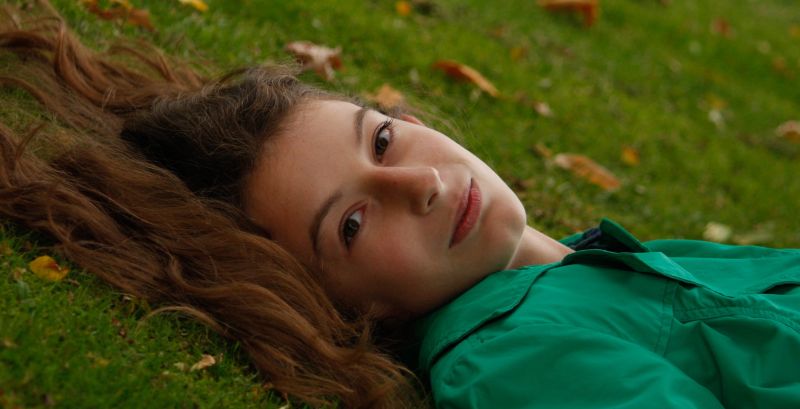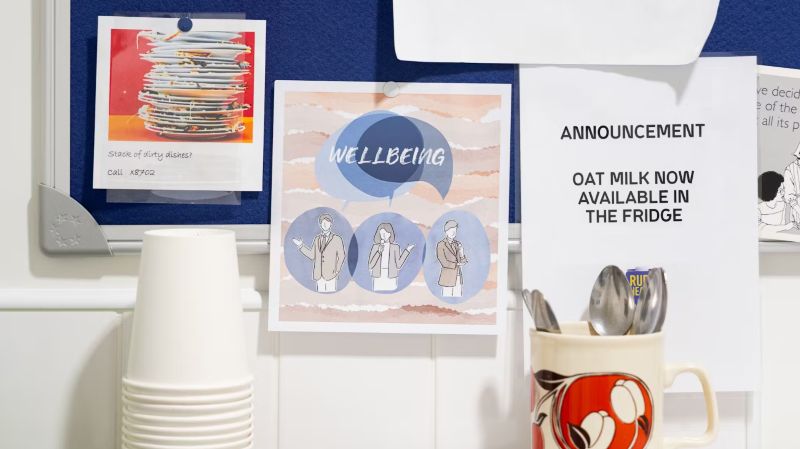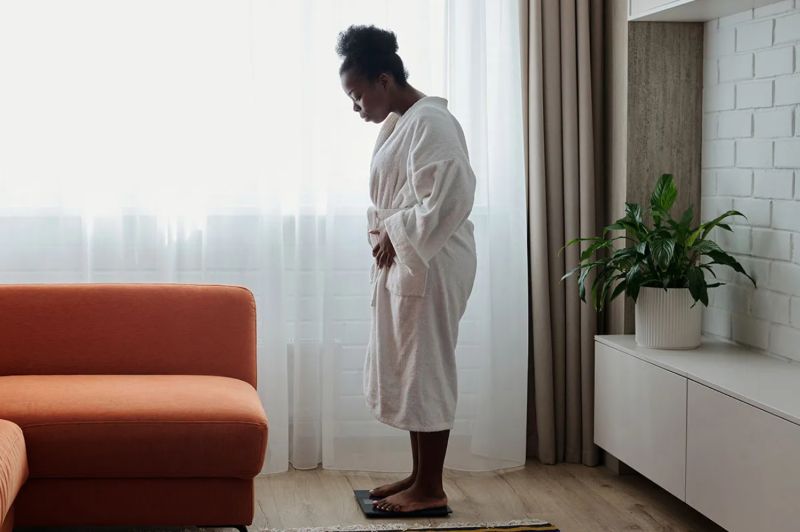
Sarah is experiencing a phenomenon and dreads falling asleep. Moments after she closes her eyes, her body becomes paralysed.

By Dr. Alexander De Foe
Associate lecturer
RMIT University
Introduction
Sarah dreads falling asleep. Moments after she closes her eyes, her body becomes paralysed, and she is unable to move no matter how hard she tries.
This has been going on almost every night for three weeks.
Sarah has also noticed a dark, ghostly figure standing over her bed from time to time, which seems to be the cause of the paralysis. It’s a frightening, agonising experience.
Sarah is experiencing a phenomenon called sleep paralysis. Although the condition primarily involves a sense of not being able to move prior to falling asleep, it can also include vivid hallucinations and visions. Sometimes people see a ghost or sense a negative presence in the room during an episode. Others report sleep paralysis as a form of alien abduction or other paranormal activity.
Although Sarah reported disturbing hallucinations, she has not been diagnosed with a mental illness. This is not uncommon in accounts of the paranormal; many have a logical explanation, such as perceptual error. In fact, some researchers estimate only half of paranormal or mystical experiences – such as out-of-body experiences, telepathy, intuition and precognition – are associated with a mental disorder.
Paranormal experiences may be very distressing, so it’s important people have the opportunity to talk about them. Yet, many psychotherapists and psychiatrists lack adequate training and skills to deal with accounts of the paranormal.
Talking Therapies
The therapy room should be a place where clients feel safe and comfortable talking about anything. But some people are reluctant to discuss their paranormal experiences for fear of judgement, ridicule, or that they will be incorrectly diagnosed with a mental disorder.
Many practitioners challenge the validity of their client’s claims rather than focusing on the emotional significance particular experiences might bear. Part of the issue may be therapists’ rigid perspectives on paranormal phenomena – they tend to err on the side of diagnosis rather than hearing clients out and exploring a client’s inner world.
It is the role of the therapist to encourage their clients to talk about their experiences, rather than jumping to a diagnosis or criticism about the validity of their claims. In many cases, their paranormal accounts relate to spiritual, rather than pathological, experiences and exploring the symbolic nature of the accounts may be more beneficial than focusing on a diagnosis.

Many of the visions and hallucinations reported during paranormal experiences can have a significant personal meaning for the person experiencing them. Further, many clients are willing to discuss the deeper emotional and spiritual significance associated with their experiences. So therapists ought to devise better approaches for working with clients who report paranormal experiences.
What’s Normal Anyway?
There is good reason to be sceptical of claims about the paranormal. After all, rates of fraud are quite high, with proclaimed psychic tarot card readers and mediums profiting from unsuspecting clients. Organisations such as the Australian Skeptics have attempted to counter such fraud by offering A$100,000 to anyone who can demonstrate psychic ability under controlled conditions.
Yet, our mainstream scientific understanding of human consciousness is by no means complete. There is still much argument among researchers about what constitutes “normal” and “abnormal” or “altered” states of consciousness.
Research into transcendental meditation, for instance, has shown that meditation can alter a person’s consciousness, but there is nothing pathological about that process. Through transcendental meditation, altered states are actually seen to promote self-actualisation, or enlightenment.
Some other experiences may not be so positive, but may still present opportunities for introspection and self-actualisation.
Pioneers in the field of psychological practice such as Carl Jung have explored the symbolic nature of mystical experiences. Such experiences can touch the human soul so deeply as to even produce visions and altered states of consciousness. These states do not always infer a breakdown in normal neurological function.

Time For Change
There is a place for mystical and paranormal experiences among mentally healthy individuals.
Counsellors have a duty of care to establish whether a link between reports of the paranormal and mental illness exists on a case-by-case basis. However, they should also keep their personal beliefs at bay when it comes to exploring client accounts of a paranormal nature. It is more important to explore a client’s personal experience with the paranormal, rather than attempting to judge the validity of their experience.
Attitudes in psychotherapy are slowly beginning to change with increased recognition of organisations such as the Association for Transpersonal Psychology. These organisations conduct much-needed research into humanistic approaches for working with mystical and paranormal experiences.
However, much work is still left to be done in this area as perspectives change and the stigma of the paranormal is lifted. In particular, therapists should be normalising, rather than critiquing, client accounts when it comes to paranormal experiences.
Regardless of the opinions one has about the potential existence of a paranormal reality, it is important to understand the subjective significance of altered states of consciousness.
Originally published by The Conversation, 05.23.2013, under the terms of a Creative Commons Attribution/No derivatives license.
